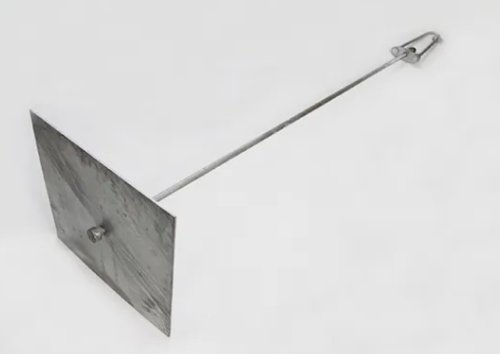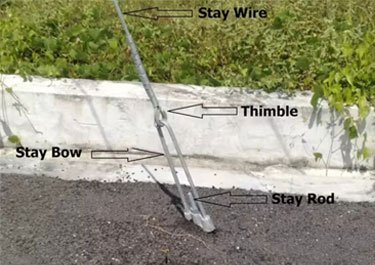The global power hardware industry is witnessing transformative advancements as utilities and renewable energy developers prioritize grid resilience and operational efficiency. Key components such as strain clamps, suspension clamps, and preformed helical fittings are at the forefront of this evolution, addressing the demands of modern transmission and distribution networks.
Strain Clamps: Reinforcing Overhead Line Reliability
Strain clamps, critical for anchoring conductors in overhead power lines, are experiencing design upgrades to accommodate higher mechanical loads. With the rise of extreme weather events, manufacturers like Hubbell and Preformed Line Products (PLP) are introducing corrosion-resistant aluminum alloy clamps coated with nano-ceramic materials. These enhancements extend service life by up to 30% in coastal or high-humidity environments. Recent projects in Southeast Asia’s offshore wind farms have adopted these clamps to secure heavy-duty conductors in dynamic marine conditions, reducing maintenance intervals by 40%.
Suspension Clamps: Smart Grid Integration
Suspension clamps, essential for supporting conductors while allowing thermal expansion, are now integrating IoT-enabled sensors. Companies such as 3M and TE Connectivity have launched clamps embedded with strain and temperature monitoring systems. These “smart clamps” transmit real-time data to grid operators, enabling predictive maintenance and minimizing outage risks. In Europe, pilot projects in Germany’s high-voltage corridors have demonstrated a 25% reduction in unplanned downtime using these connected solutions.
Preformed Helical Fittings: Streamlining Renewable Connections
Preformed helical fittings, widely used for vibration damping and repair applications, are gaining traction in solar and wind farm installations. Their lightweight, easy-to-install design cuts labor costs by 20% compared to traditional bolted solutions. AFL Global recently unveiled a carbon-fiber-reinforced preformed grip for composite core conductors, which reduces weight while maintaining tensile strength. This innovation aligns with the growing adoption of high-capacity conductors (HTLS) in congested urban grids.
Market Growth and Sustainability Focus
According to Grand View Research, the global power hardware market is projected to grow at a 6.8% CAGR through 2030, driven by grid modernization initiatives. Sustainability is a key theme, with firms like Nexans developing fully recyclable aluminum clamps and bio-based polymer coatings. Meanwhile, supply chain localization is accelerating in regions like India, where policies mandate 60% domestic content for grid components.
Challenges and Opportunities
Volatile aluminum prices and stringent ISO 14645 certification requirements remain hurdles. However, the shift toward modular, retrofittable hardware presents opportunities. For instance, Hebei Jiujin’s hybrid clamp systems allow utilities to upgrade existing infrastructure without replacing entire assemblies—a cost-saving approach gaining momentum in North America’s aging grid networks.
In conclusion, innovations in strain clamps, suspension systems, and preformed fittings are reshaping power infrastructure globally. As renewable integration accelerates, these components will play a pivotal role in building adaptive, future-ready grids. Industry stakeholders must balance performance, sustainability, and cost to meet the dual challenges of energy transition and climate resilience.


